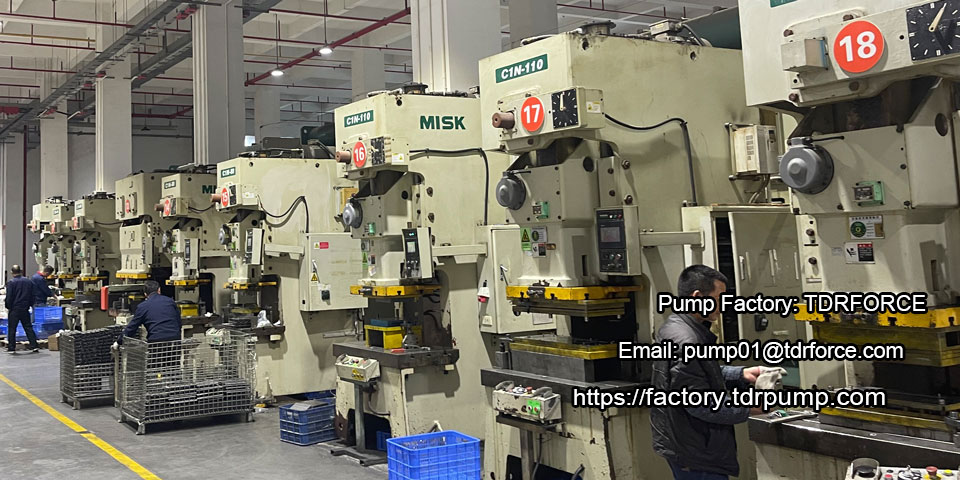
Pump Factory In Somalia
Title: Pump Factory and Pump Brands in Somalia: A Comprehensive Overview
Introduction: Pump Factory in Somalia
Somalia, a country located in the Horn of Africa, has been facing a severe drought for several years. The drought has led to a severe water crisis in the country, affecting both rural and urban areas. To address this issue, the government and various organizations have been focusing on the development of water infrastructure, including the establishment of pump factories and the promotion of pump brands. This article "Pump Factory in Somalia" will provide a comprehensive overview of the pump factory and pump brands in Somalia, discussing their roles in the country's water sector and the challenges they face.
Pump Factory in Somalia
The National Drilling Company (NDC) is the primary manufacturer of pumps in Somalia. Established in the 1980s, the NDC is a state-owned company responsible for the production, distribution, and maintenance of water pumps. The company operates a factory in Mogadishu, the capital city of Somalia, where it produces a variety of pumps, including centrifugal pumps, submersible pumps, and diesel pumps.
The NDC's pumps are primarily designed for water extraction, irrigation, and firefighting purposes. The company has a skilled workforce and advanced manufacturing equipment, enabling it to produce high-quality pumps that meet the needs of the local market. Additionally, the NDC provides after-sales service and technical support to its customers, ensuring the proper functioning of the pumps.
Challenges Faced by the NDC
Despite its significant contributions to the water sector in Somalia, the NDC faces several challenges. One of the major challenges is the lack of funding, which has resulted in limited production capacity and outdated equipment. This has led to a reliance on imported pumps, which can be expensive and difficult to maintain.
Another challenge faced by the NDC is the lack of skilled labor. The company has been struggling to recruit and retain skilled workers, resulting in a shortage of technical expertise. This has affected the quality and efficiency of the pumps produced by the company.
Pump Brands in Somalia
A number of international pump brands are also present in the Somali market. These brands include Grundfos, KSB, and Flygt, which are known for their high-quality and reliable pumps. These companies have established a strong presence in the country, providing a wide range of pumps for various applications, such as water supply, wastewater management, and irrigation.
These international brands have been successful in Somalia due to their reputation for quality and reliability. They also provide strong technical support and after-sales service, which has helped build trust among customers.
Challenges Faced by International Brands
While international pump brands have been successful in Somalia, they face several challenges. One of the major challenges is the lack of infrastructure, which can make it difficult to distribute and service pumps in rural areas. Additionally, the security situation in Somalia remains volatile, making it challenging for companies to operate effectively in the country.
Another challenge faced by international brands is the competition from local manufacturers, such as the NDC. Local manufacturers often offer lower-cost pumps, which can be attractive to customers looking for cost-effective solutions.
Conclusion: Pump Factory in Somalia
In conclusion, the pump factory and pump brands in Somalia play a crucial role in addressing the country's water crisis. The establishment of the National Drilling Company and the entry of international brands have provided Somalis with access to a range of high-quality pumps. However, both local and international manufacturers face significant challenges, including limited funding, skilled labor shortages, and security concerns. To overcome these challenges and improve the water sector in Somalia, greater investment and collaboration between the public and private sectors are needed.

